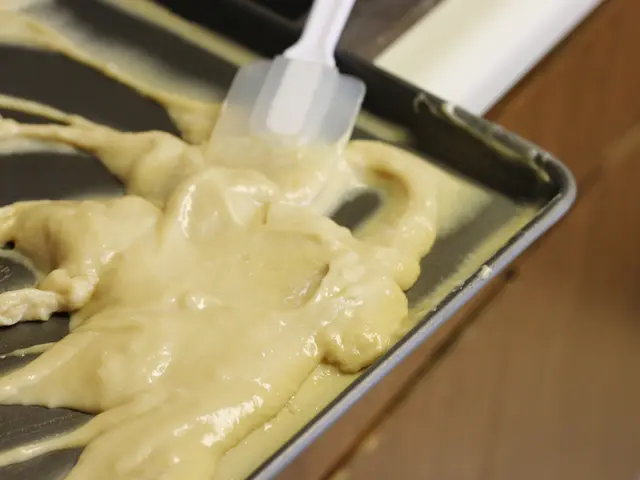Medicare's coverage for PureWick external catheters: A clarification
Managing incontinence just got a bit easier, thanks to innovative solutions like the PureWick system. Designed for females, this system is perfect for use during sleep or rest. The PureWick system consists of an external catheter that extends from the vulva to the buttocks, connected to a tube leading to a collection container.
As of a 2024 ruling, Medicare now covers the PureWick system under the durable medical equipment (DME) benefit of Part B. This means that if a Medicare-enrolled doctor or healthcare professional prescribes it for home use, you can get a qualifying device. However, be aware that Medicare will not cover the PureWick system if you also have an indwelling catheter.
Moreover, for female catheters, Medicare limits usage to no more than one metal cup or pouch per week. In a hospital setting, catheters will be covered by Part A.
If you're enrolled in Medicare Part B, you'll need to meet the annual deductible of $257 and pay a monthly premium of $185. Once these conditions are met, Part B will cover 80% of the cost of approved treatments or services.
As a rough estimate, a box of 30 catheters costs around $209 for those paying out of pocket without insurance. But purchasing in bulk can save some cash. Keep in mind that the particulars might differ depending on your chosen Medicare Advantage (Part C) plan.
Now, a quick lesson on some essential Medicare terms!
- Out-of-pocket cost: What you pay for treatments when Medicare doesn't cover the whole amount or doesn't offer coverage at all. This may include premiums, deductibles, copayments, and coinsurance.
- Premium: The amount you pay each month for Medicare coverage.
- Deductible: An annual amount you must pay out of pocket before Medicare begins funding your treatments.
- Coinsurance: The percentage of treatment costs you must pay yourself after meeting your deductible. For Medicare Part B, this is usually 20%.
- Copayment: A fixed dollar amount you pay for certain treatments when you have insurance coverage. This typically applies to prescription drugs in Medicare.
Remember, coverage details can vary depending on your Medicare contractor and require proper documentation justifying the necessity of the device for effective urinary incontinence management. For precise billing codes and authorization, consult your physician or refer to DME supplier guidelines and CMS policy manuals.
- The PureWick system, designed for females, is now covered by Medicare under the durable medical equipment (DME) benefit of Part B as of a 2024 ruling.
- However, Medicare will not cover the PureWick system if you also have an indwelling catheter.
- For female catheters, Medicare limits usage to no more than one metal cup or pouch per week.
- A box of 30 catheters can cost around $209 for those paying out of pocket without insurance.
- If you're enrolled in Medicare Part B, you'll need to meet the annual deductible of $257 and pay a monthly premium of $185.
- Out-of-pocket cost refers to what you pay for treatments when Medicare doesn't cover the whole amount or doesn't offer coverage at all, which may include premiums, deductibles, copayments, and coinsurance.








